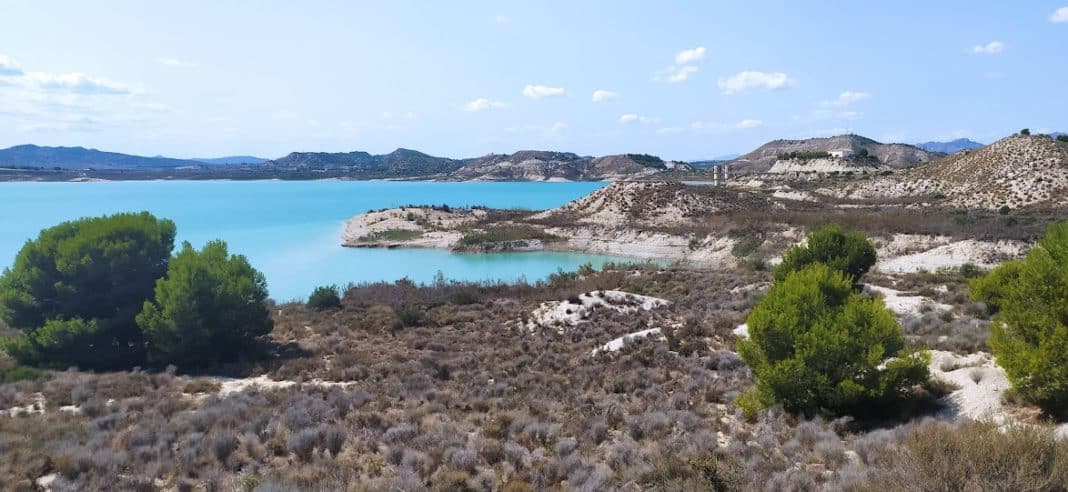The Torrevieja desalination plant currently costs around 60 million euro per year in energy bills, assumed by the state company Aguas de las Cuencas Mediterráneas (Acuamed) of the Ministry for Ecological Transition (Miteco), and so, in order to save money and reduce the cost of the water produced, a proposal has been put forward to build a floating solar power plant that would serve the building.
The closest affordable location considered practical for the installation in on the shores of the La Pedrera reservoir near Torremendo. There is some 1,400 hectares of water surface and surrounding reserve areas in the public domain, more than enough to donate the 120 hectares to generate 60 MW per year.
From a technical point of view, the location is advantageous because this reservoir collects only artificial contributions from the transfer and from the Torrevieja desalination plant itself. The increase or decrease of its reserves does not depend on rainfall but on a “tap” that opens or closes the Segura Hydrographic Confederation. But the environmental cost can be very high.
Friends of the Wetlands of the South of Alicante (AHSA) and Friends of Sierra Escalona (ASE) consider that of La Pedrera as an unfeasible option from the environmental point of view to which they will oppose outright.
Miguel Ángel Pavón, president of ASE and vice president of AHSA, recalls that the reservoir is part of the Generalitat’s catalogue of wetlands, recently incorporated into that protection. And both the reservoir and all its banks are part of the Protected Landscape of Sierra Escalona and its surroundings and of the future natural park. Pavón does believe in the possibility, contemplated in the report prior to the elaboration of the solar plant project, of taking advantage of the open-air post-draining channels to locate the photovoltaic.
Covering the current channels of the post-transfer between La Pedrera and Campo de Cartagena with more than 64 kilometres in length – which crosses Orihuela, San Miguel de Salinas and Pilar de la Horadada – is an option that Pavón points out would reduce evaporation losses. In addition, the use of reservoirs as floating solar plants is already restricted by state regulations approved at the end of last year precisely to allow a use that was not yet legislated, regardless of whether the spaces are already environmentally protected, and it depends on the quality of the waters. If it is good, the legislation only allows it to occupy a small percentage of the surface.
Thus, the maximum percentage of total usable area for the installation of floating panels ranges between 5 and 20%, depending on the level of eutrophication of the body of dammed water.





